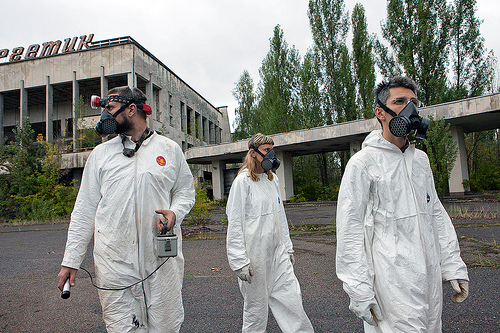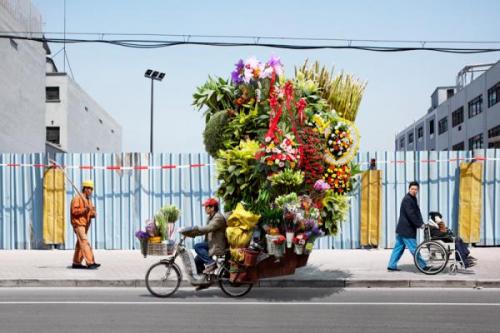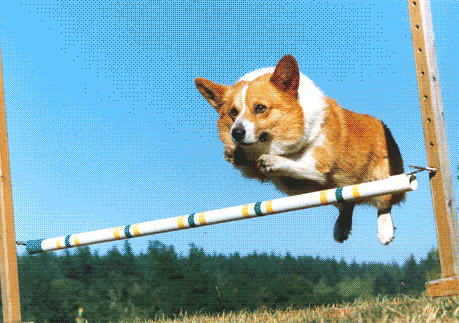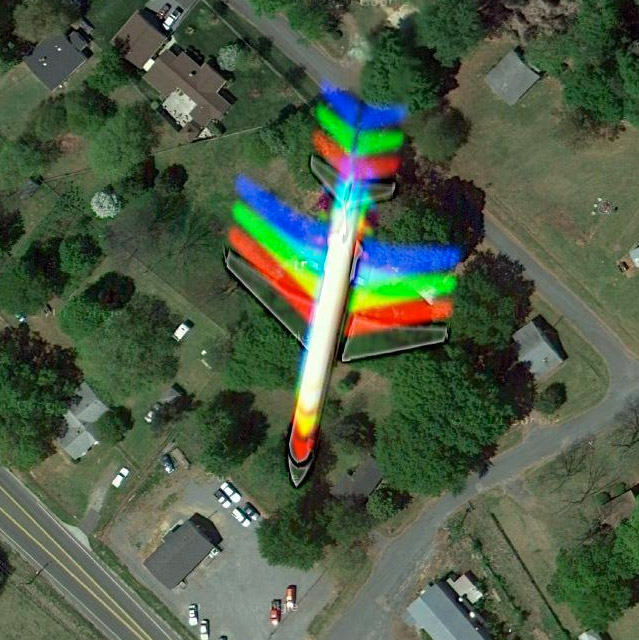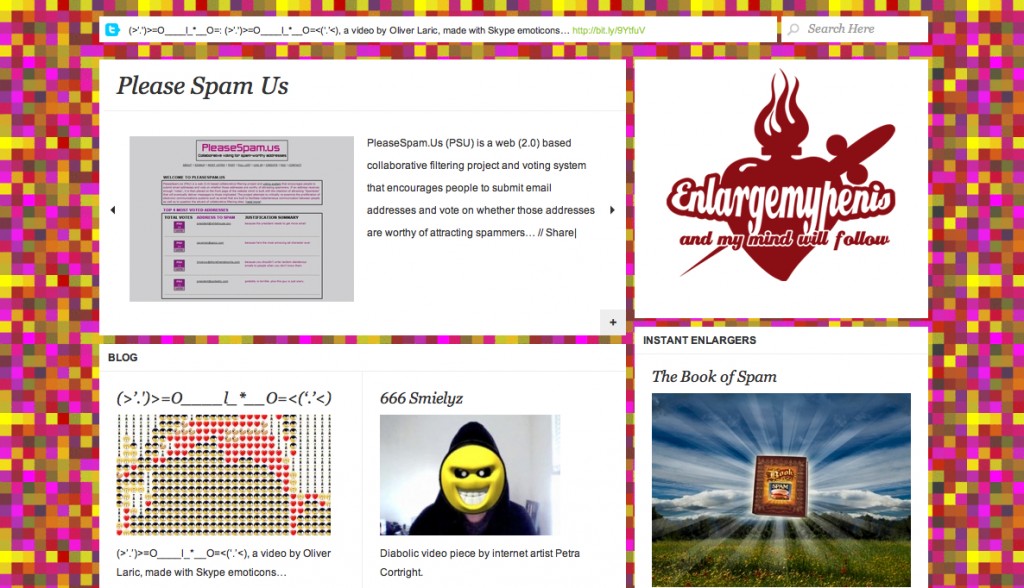[via glinner]
Post Category → Blog
Long exposure photographs of videogames
Long exposure photographs of videogames by Rosemarie Fiore:
“These photographs are long exposures taken while playing video war games of the 80’s created by Atari, Centuri and Taito. The photographs were shot from video game screens while I played the games. By recording each second of an entire game on one frame of film, I captured complex patterns not normally seen by the eye.”
[via kottke]
Painting not available
Plan C
Ryan Doyle, Eva and Franco Mattes aka 0100101110101101.ORG, Jeff Stark, Todd Chandler, Tod Seelie, and Steve Valdez went on a secret mission. For now, we have just one clue: the Zone…
“In the Summer 2010 a group of six artists who barely knew each other embarked on a journey to Chernobyl, to develop a secretive Plan C. The story is not clear at all, and it will probably never be.
They came from different parts of Europe and the US, and they had an appointment. Nobody knew about their final destination, nobody knew about Plan C. They told friends vague stories about “entering The Zone” and “throwing metal nuts”. They had one thing in common: an obsession for Tarkovsky’s 1979 movie Stalker.
What happened after is still a secret.
Follow http://www.PlanC.cc It will be as close as you’’ll ever get to the truth behind Plan C.”
Time travel on Youtube
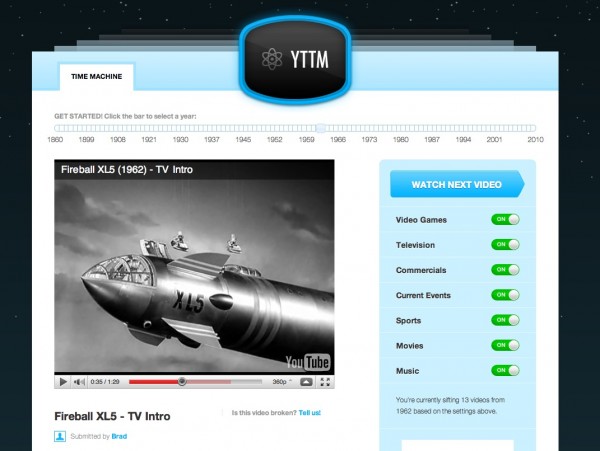
If you enjoyed the Teleporting experience via Google Street View offered by Global Genie, you will also love this one. Time travel trough Youtube!
[via manoloremiddi.com]
Totems
Totems is a photo project by Alain Delorme:
“Alain Delorme offers a very singular vision of China in the days leading to the World Expo in his new Totems series. This work is the result of two residencies in Shanghai, supported by the Ailing Foundation. It shows the photographer’s fascination for migrants’ pressures. Piles of products labeled “Made in China” are stacked up to produce quite unusual sculptures, symbols of the Chineses’ a ever increasing fetish withobjects.”
Crossroads
The video installation “Crossroads (what to do)“, by Garvin Nolte, deals with the influence of others onto one’s own path of life in an abstract way…
crossroads (what to do) from Garvin Nolte on Vimeo.
You’re doing it wrong

Art Fag City just published an anonymous (of course!) essay named What Relational Aesthetics Can Learn From 4Chan. This is a refreshing reading, indeed. The only problem is that art people who are not familiar with Internet Culture simply won’t get it…
Random teleporter
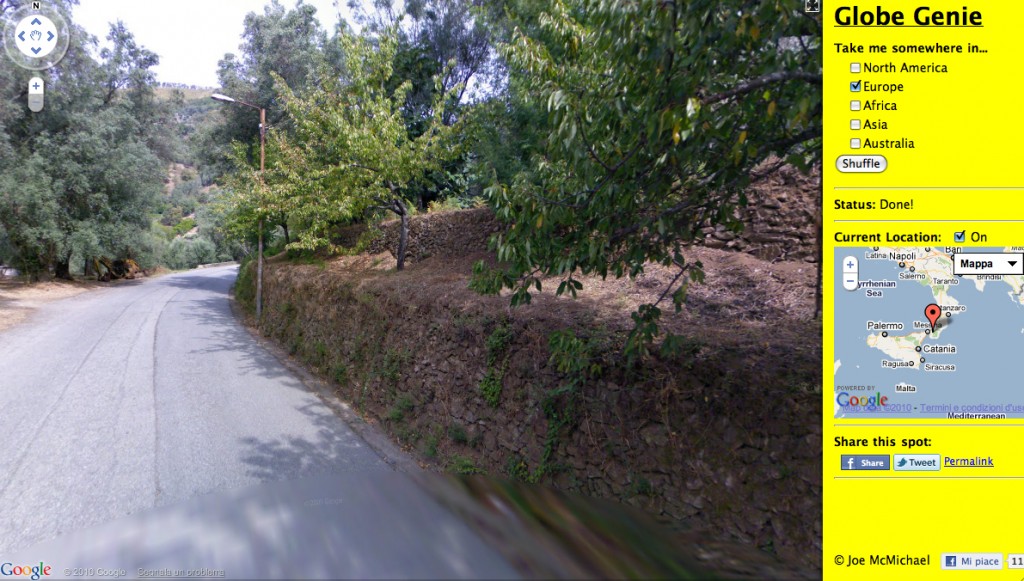
I’m totally addicted to this: the Globe Genie, by Joe McMichael. You just have to press the Shuffle button, and you’ll be teleported via Google Street View in some random location…
[via Boing Boing]
Re-constructed realities
Matthew Albanese constructs small-scale meticulously detailed models using various materials and objects to create emotive landscapes. The real-fake aestethic that results is strangely attractive…
Com-pu-pu-pu-pu-pu-pu-pu-pu-pu-pu-puter
Mi-Sex‘s (New Zealand/Australian new wave rock band) promo-video for the hit single ‘Computer Games’. October 1979. I’m fascinated…
Jammed up tight by red traffic lights
Advance one level on green
These opportune commuters
They’re blasting on thier hooters
I fidget with the digit dots
Frustration rules out there
As the XU-1 connects the spot
But the matrix grid don’t care
[via 990000.tumblr.com]
You, the World and I
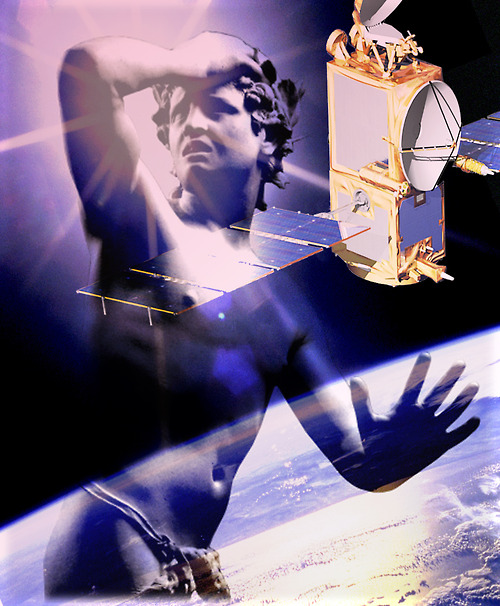
You, the World and I: new video work by Jon Rafman. A voice over essay about love, memory, photography, technology, and our experience of the world.
“In this modern day Orphean tale, an anonymous narrator also desperately searches for a lost love. Rather than the charms of the lyre, contemporary technological tools, Google Street View and Google Earth, beckon as the pathway for our narrator to regain memories and recapture traces of his lost love. In the film, they are as captivating and enthralling as charming as any lyre in retrieving the other: at first they might seem an open retort to critics of new technology who bemoan the lack of the tangible presence of the other in our interactions on the Internet.” (full statement here).
[p.s. this is another work that will be shown in Maps and Legends, my forthcoming exhibition during FotoGrafia Festival. Come and have a look if you’re in Rome from September 23th to October 24th]
Video Sculptures
Video Sculptures by Brad Tinmouth. It’s real because it’s virtual…

Ubiquitous Minicinema
Required reading: Ubiquitous Minicinema, a great article by Olia Lialina. GIF by Stephanie Davidson…
Journalism Warning Labels
Contradictions: Twitter
Filippo Minelli is one of the artists I choose for my next exhibition, Maps and Legends (part of FotoGrafia, Photography International Festival in Rome). This is his a new photo from the amazing “Contradictions” project…

Augmented City

Augmented City, by Keiichi Matsuda (best vied with 3D glasses)
keiichimatsuda.com
“The architecture of the contemporary city is no longer simply about the physical space of buildings and landscape, more and more it is about the synthetic spaces created by the digital information that we collect, consume and organise; an immersive interface may become as much part of the world we inhabit as the buildings around us.
Augmented Reality (AR) is an emerging technology defined by its ability to overlay physical space with information. It is part of a paradigm shift that succeeds Virtual Reality; instead of disembodied occupation of virtual worlds, the physical and virtual are seen together as a contiguous, layered and dynamic whole. It may lead to a world where media is indistinguishable from ‘reality’. The spatial organisation of data has important implications for architecture, as we re-evaluate the city as an immersive human-computer interface.”
RGB Airplane
[via today and tomorrow]
This is…
Enlarge My Penis, and My Mind Will Follow
Enlargemypenis.org is a blog I started in 2006 with Andrea. The subject? Spam, of course! Now, after a long break, we decided to re-start this project and we just launched a new website. Spam is still there, but we’ll also post about memes, animated gifs, emoticons, digital gifts and viral stuff.
Check out the brand new ENLARGE MY PENIS!



